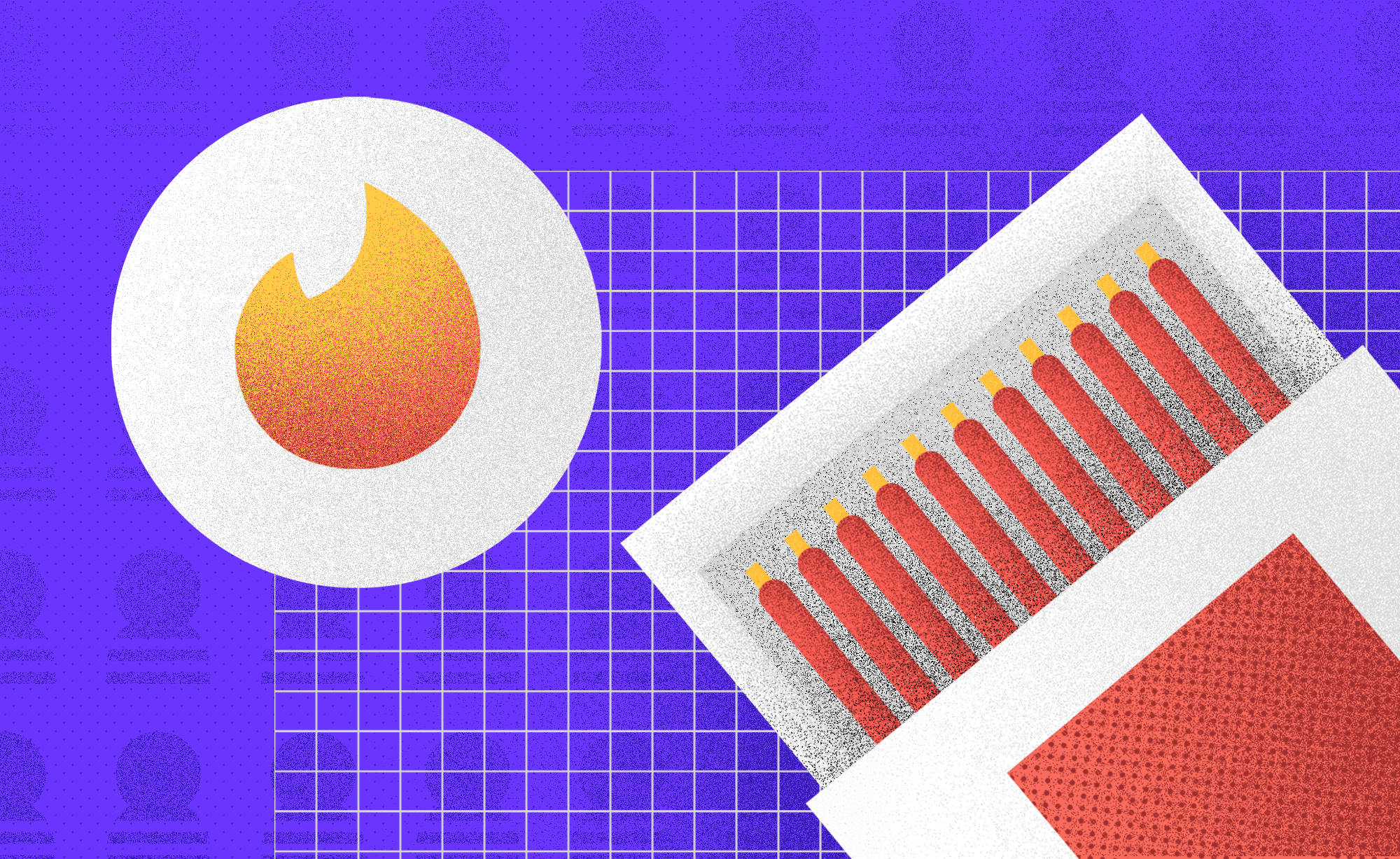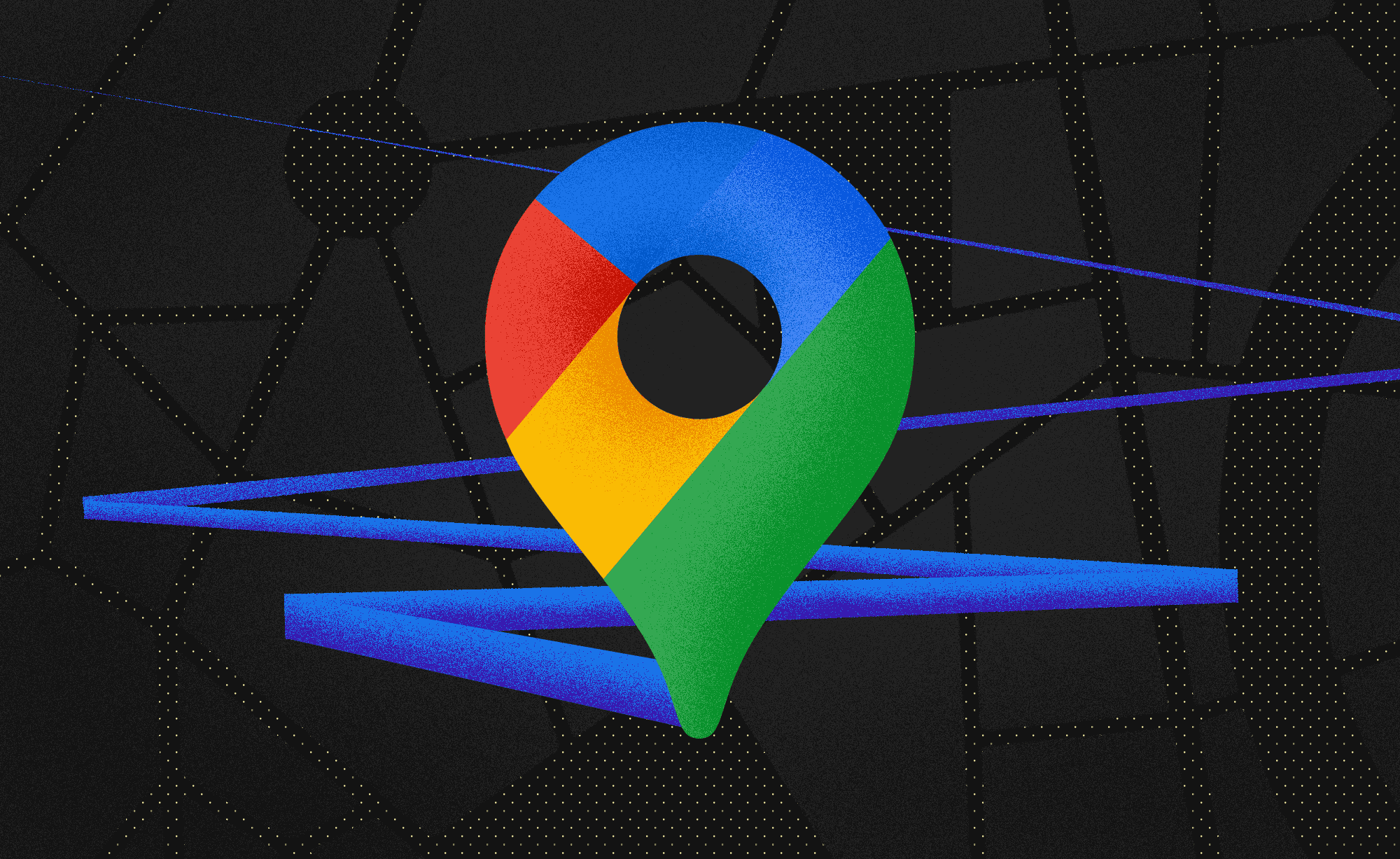How Tinder Swindled User Experience
Jan Marin
2022-09-15
10min
Design
In this blog, I'll share my thoughts on Tinder's user experience. I intend to give you a relaxing piece to read while drinking coffee. So let’s get started!
Tinder is, in my opinion, a great application.
Not only is it the most popular dating app but also it was the first application that made matchmaking an easy and fun experience.
But let’s not get ahead of ourselves. The truth is, Tinder has some issues when it comes to its UX and its UI. And as far as hard facts go the app can do with a bit of tweaking, at least UX-wise.
But!
Although there are a lot of articles about how the user experience sucks, and what are all the problems, there is still an interesting thing happening here. You see, in this particular case, users are so overwhelmed with satisfaction, excitement and positivity that they don’t notice some problems.
Arguably, there is one factor that I’ve heard people mention, and that is fear. But we’ll get to that in a bit.
Personally, I know a lot of people who use Tinder all the time, and although they are not designers, they are in fact – end users. And none of them, and I do mean none, ever criticized the overall experience while using the app in any way. All their comments always pertained to potential suitors, failed dates, and so on.
I feel pretty confident when I say they’re victims of the “Peak - End” rule which states:
“People judge an experience based on how they felt at peak moments and at the end, instead of the average or sum of all moments of the experience.”
Anyway, my experience on Tinder has been in one word – interesting. My goal was to meet new and different people – people that I would have a low chance of meeting in person due to different social circles.
00 - Come to the dark side, we have dopamine
We all know that the “Like” button we use everyday on social media already has an impact on our mental health. Some of these general issues come from our brain’s tendency to follow the dopamine path to happiness. Corporations that are involved in building digital products, of course, see this as an advantage.
I would say that the person presented with the “Like” button is, for example, like a driver of a car.
If the person is normal and cautious, the car itself is a safe vehicle to travel from point A to point B. On the other hand if the person behind the wheel is a bit malicious, or has no self-control – then we may have a problem and the car now poses a threat to everyone. But realistically, doesn’t everything? The business plans of various apps that use this kind of addictive behavior are perfectly reasonable. The person that uses the product must resist the temptation to go tumbling down the rabbit hole of addictive, uncontrolled behavior. We could all actually look at it as a way of training our emotional control.
The reason why I am mentioning all this is because on Tinder the “Like” button hits us differently. When someone likes your content on Instagram, for example, you get that rush – your brain is enjoying its dopamine bath of sweet goodiness.
But when you get a like on Tinder, well, let me tell you – that is something else.
The thing is that the person who has done the liking is referring, not to your content, or where you went on vacation, but to liking YOU. On the other hand this makes everything more sensitive in terms of UX that should be bulletproof, especially for shy people. Unlike other dating apps at the time when Tinder started, Tinder actually removed the possibility of knowing who doesn’t like you. That is one of the few things Tinder did that was excitingly new. The user could swipe through dozens of potential matches and never know if they were rejected by anyone.
In one sense this is pretty darn good, because you don’t get the feeling of being rejected. With this feature the shy people were safe!
It would be interesting to do a study where the people who used Tinder a lot and who had low self control would be interviewed. I can speak from experience that some people that I know have changed their way of interacting with one another. I saw people get more skittish after using Tinder – no more real life random hookups, because it’s not safe right? (Not an STD pun). You can get a “No” just because someone feels like it. In real life you get rejected all the time, and the faster you get used to that fact the better. That way you can learn how to regulate your emotions. But if you have low self-control, Tinder can become pretty dangerous and addictive.
Tinder is great if you know how to use it but if you are not careful you can get easily lost in its experience.
01 - The swiping
Tinder’s great innovation was the new gesture that makes the selection process very easy. Swiping right means 'Like', and swiping left means 'Nope'. In the onboarding process you are shown the gestures and you’re on your way.
This new gesture, which quickly earned the term "Tinder sort" reflects the preference of quantity over quality.
Profile reviews are much faster and more superficial than in the previous-gen dating sites. This new gesture and Tinder’s precise interface create continuity. After each selection the app goes on to bombard the user with potential suitors. No more long, exhausting browsing through profiles across the website. The profiles come to the user, and all they have to do is choose between 'Like' or 'Nope'.
The experience of sorting through different profiles feels like a simple and pleasant game. The playfulness of the selection phase is reminiscent of the old school simple games I grew up on. A character runs automatically and all the user has to do is click the “Jump” key in time to avoid any incoming obstacles.
02 - What does this button do?
Okay, so we might all know that the red X is “Nope”, and the green heart is “Like”. But how about the yellow arrow, the blue star and the purple lightning bolt?
To be honest, I have never tried those buttons until writing this article because I don’t know what will happen. I don’t know if it will charge me anything, or do something weird to other users on Tinder. Also I don’t know anyone who uses those buttons for liking or disliking.
The motion of “swipe to like” is so accustomed that I find the buttons to be unnecessary. The motion of swiping demands less cognitive load then looking for the icon, interpreting it, etc. In my opinion they should use the gesture as a primary interaction and remove the buttons. Also when you begin the gesture of swiping you kind of bring up the opacity of the action you are about to take. For example if you begin to swipe up, you unveil a visual that says superlike. So if you are not sure about your actions and gestures just take it slow.
End-users have a lot of fears, and one of those is not knowing what will happen. Especially when it concerns other people and maybe having a match that was actually an accident. A friend of mine was so scared of using Tinder because of the fear of accidentally matching with someone. She was nervous and performed the gestures quickly. One way we could solve this fear is to implement an in-between screen for you to confirm while using the app for the first few times, so the user doesn't get scared.
Apart from the five main buttons, Tinder appears to have a navigation bar at the bottom of the screen.
Interestingly enough they used to have the navigation bar at the top.
Older version:
Current version:
As a right-handed phone user this caused me some problems with reachability, at least most of the time. I guess the user testing did its part on this one. It is not that hard to imagine especially when having a big screen phone (which is kind of a standard nowadays) that reaching the top of the screen can be a bit of an inconvenience.
On the other hand now there are ten different buttons at the bottom which are fairly difficult to interpret, having the user once again in a constant state of fear by not knowing what will happen when a particular button is clicked right away.
03 - Profile or Main Dashboard?
This is The Grinch’s finger.
This is something which is also a potential problem. Once you get accustomed to the main interaction (swipe left for “Like”, right for “Nope”) it kind of sticks and becomes instinctive. That is all fine until you enter someone's profile by clicking on their profile picture or on the “!” button.
Then the swiping previously used for main interactions now controls the swiping of their photos. Ok, it’s maybe not that bad. HOWEVER! Once you get back to the main dashboard, guess what. You are not sure if you are still on someone's profile or in the actual dashboard swiping away potential matches. The two screens vary only slightly so it’s pretty easy to get confused. If you try looking at the above gif and focus only on the picture, it becomes pretty hard to distinguish between the two, right?
I can’t tell you how many times I didn’t know instinctively what would happen if I swipe left. Will I “Like” the person, or will I see a photo of a cat. Confusing! Seeing as the main distinction between the two is located on the right side of the screen people who are right handed can’t really see it. A simple fix for this might be to put it in the center of the screen.
04 - Breaking the ice
A nice feature that Tinder has, apart from not being able to chat with people that don’t match with you, is that you can’t send pictures. Yes! You guessed the reason didn’t you? I don’t think I need to explain how nice that is, especially for female users. You can send gifs, music from Spotify, and other harmless, less perverse content.
On the other hand there is a new feature that allows you to have a video call. Which I find very interesting from a psychological point of view. On one hand it’s great because you can see, if you so desire, immediately the person with whom you’ve had a match, and decide if you want to meet in-person. It is completely different to see someone live than in a photograph. On the other hand I can see a potential in misusing the feature in terms of calling someone who doesn’t want to be called. But there is a relatively easy fix – you just block that person!
05 - Conclusion
Coming back to the “Peak - End” rule – although Tinder does have its problems, I would say that it has more potential for a good experience, rather than a bad one. The app offers an easy way to meet various people from all around the world, that could even just end up being your friends (Yes! Not only romantic relationships blossom on Tinder). It’s even, dare I say, the perfect app if you are traveling to a foreign country and want to meet someone to grab a drink and wander around.
10/10 would recommend.
A dose of (Design) Dopamine
Updates and resources
In-depth guides
Quality content for free




















